Mrs. Ty's family wraps banh u tro to supply the market for the Doan Ngo Festival. Photo: NGUYEN QUYNH
Nowadays, the number of families making banh u tro in Hoi An is gradually decreasing due to the scarcity of raw materials, most of the people making this cake are old. Hoi An people only make this cake to supply the market during the Doan Ngo festival.
The ash cakes are tied carefully with string so that they do not absorb water when steamed.
Photo: NGUYEN QUYNH
Following a small alley, we found the traditional tro cake making facility of Mrs. Le Thi Ty's family (58 years old, Son Pho 1 block, Cam Chau ward, Hoi An) on a day at the end of May.
In the level 4 house, Mrs. Ty and 6 people in the block are doing steps such as cutting palm leaves, wrapping cakes, filtering ash water, stripping strings...
Glutinous rice is soaked and washed before wrapping the banh u tro. Photo: NGUYEN QUYNH
Mrs. Ty said that her family has been making banh u tro for more than 17 years. She buys the ingredients for making banh u tro from the highlands of Phuoc Son, mussel shells from Cu Lao Cham Island (Hoi An) and sticky rice from An Giang province.
“To make the unique flavor of Hoi An's banh ú tro, I choose sticky rice without rice, soak it until soft and clean it thoroughly. The leaves must be thoroughly washed in water and boiled before wrapping the cake. The mussel shells are burned to ashes and filtered to get the water.
My family's banh u tro does not contain preservatives so it cannot be kept for long. When eaten, the cake is soft and chewy so it is very popular with customers" - Ms. Ty said.
Hoi An's ash cakes are made meticulously and beautifully. Photo: NGUYEN QUYNH
This year, Mrs. Ty's family prepared 3000 kg of sticky rice along with other ingredients to make about 30,000 tro cakes and tau xa cakes to supply to the market from the 1st to the 4th of the 5th lunar month.
The market for Mrs. Ty's family's ash cakes is not only in Hoi An city but also many customers in districts, cities, and towns order them such as Dien Ban, Tam Ky, Da Nang ... Mrs. Ty sells ash cakes for 19,000 VND/dozen, while the price of tau xa cakes is higher.
Although her family has a tradition of making banh ú tro, Mrs. Ty’s two sons do not follow the profession. “What I worry about most is that the profession of making banh ú tro will gradually disappear, because the market for this type of cake is quite popular now, it is difficult to compete, the income is not high, so no young people follow the profession,” Mrs. Ty worries.
Ash cake has a soft, chewy and delicious taste. Photo: NGUYEN QUYNH
According to the Hoi An Center for Cultural Heritage Management and Preservation, the ash cake has a “sister” called the tau xa cake, which is much larger because it is filled with sweet black beans, especially delicious and of course more expensive. The ash cake is very popular and has a relatively affordable price. The tau xa cake is a luxury product that families with close relationships give each other during the Doan Ngo Festival.
According to the common custom of ancient Hoi An residents, Tet Doan Ngo as well as Tet Nguyen Dan is an occasion for people to express their feelings, gratitude or strengthen relationships by giving gifts.
According to the concept of Quang Nam people, on the ancestral altar on the occasion of the Doan Ngo Festival, in addition to sweet soup, sticky rice, and meat, tro cake is indispensable.
Source: https://baoquangnam.vn/giu-nghe-banh-u-tro-o-hoi-an-3155702.html


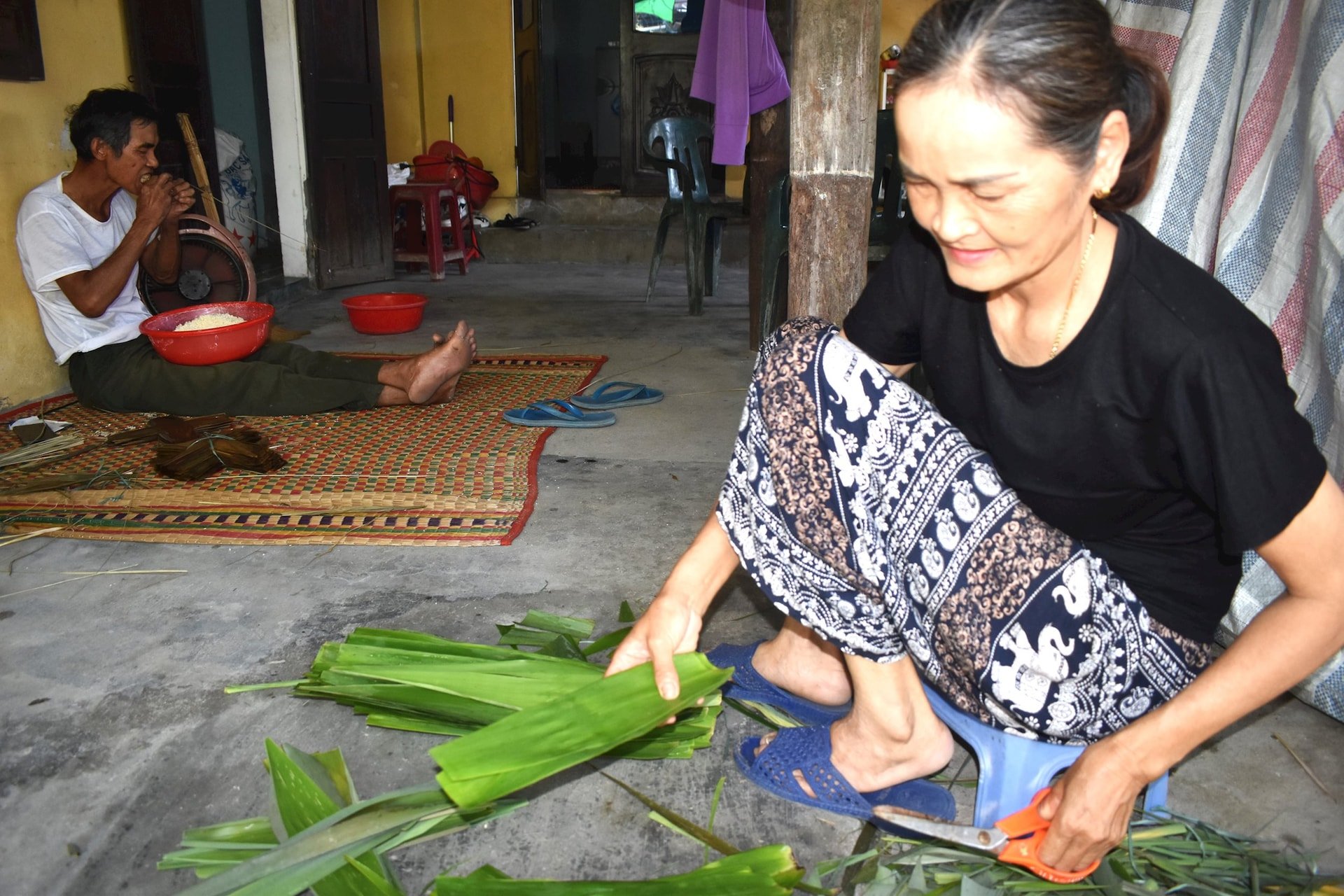
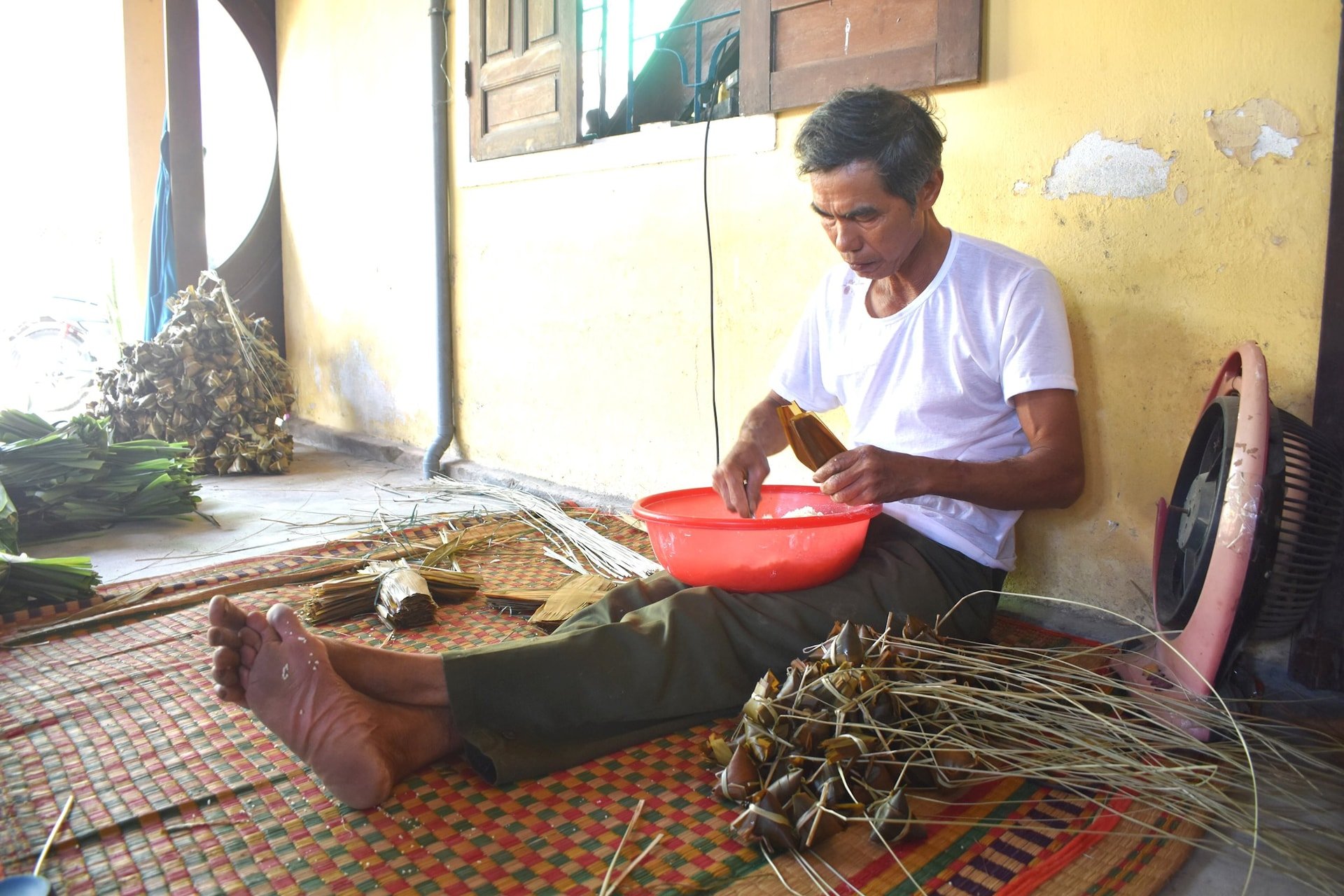
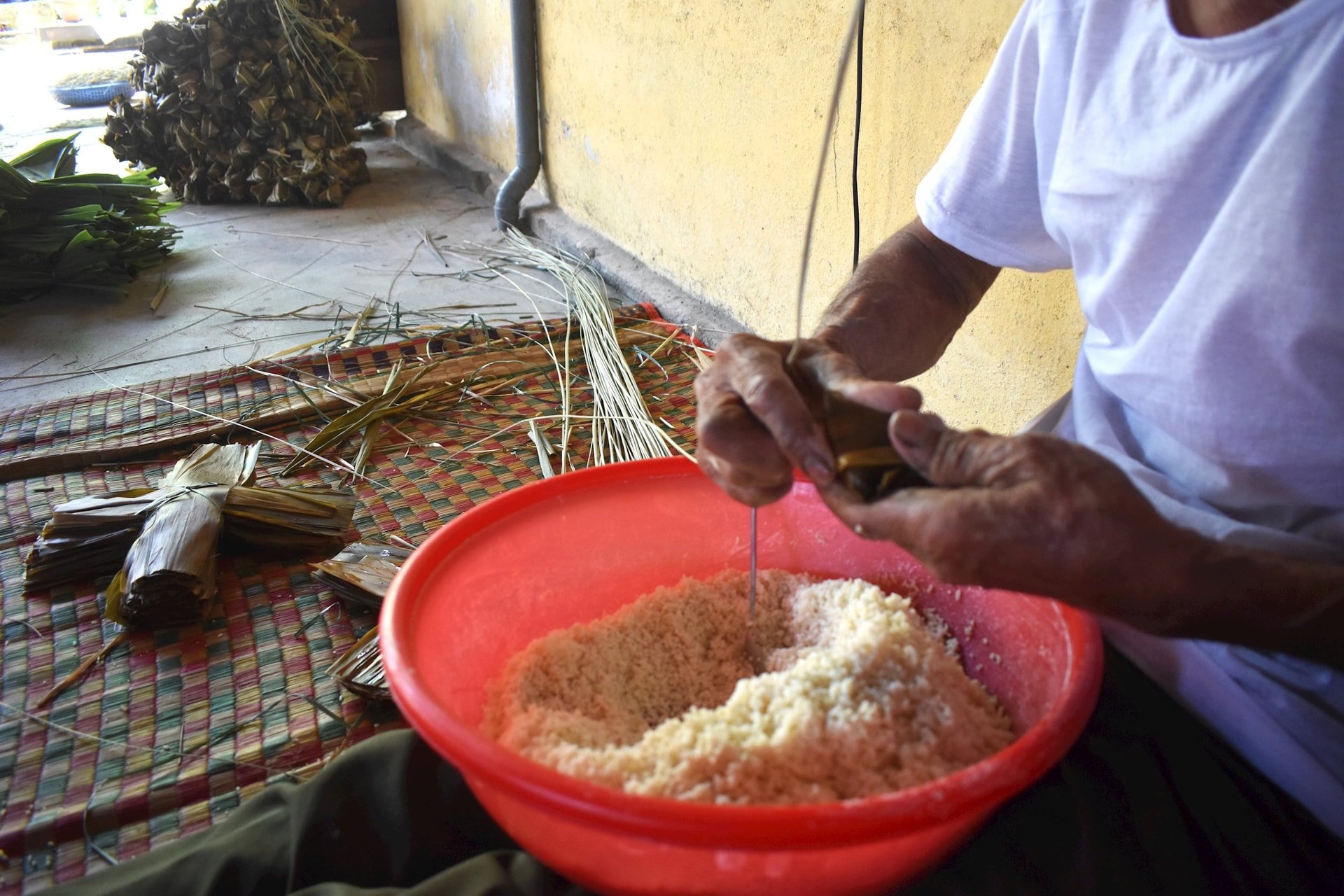
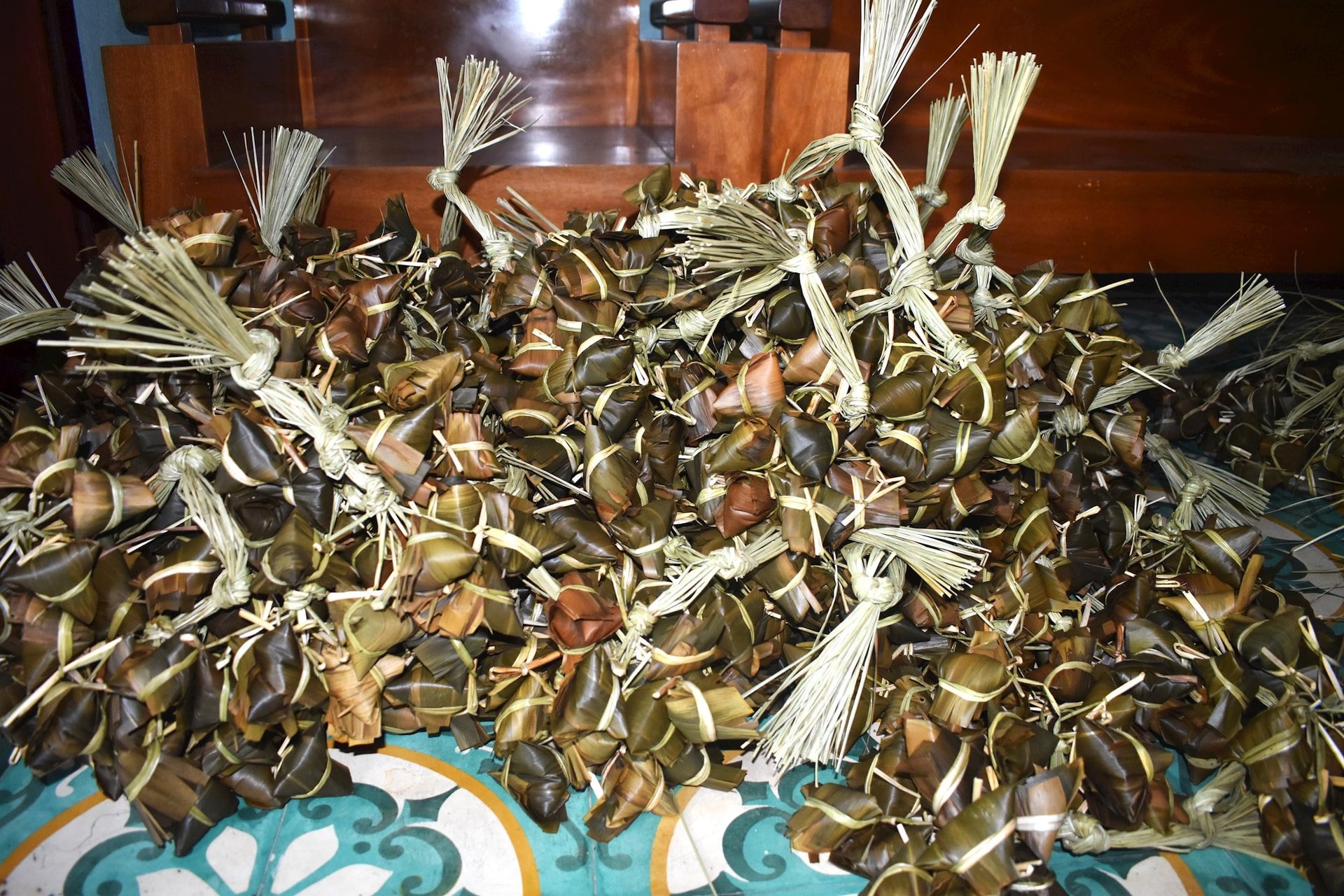









![[Video] Protecting World Heritage from Extreme Climate Change](https://vphoto.vietnam.vn/thumb/402x226/vietnam/resource/IMAGE/2025/12/03/1764721929017_dung00-57-35-42982still012-jpg.webp)





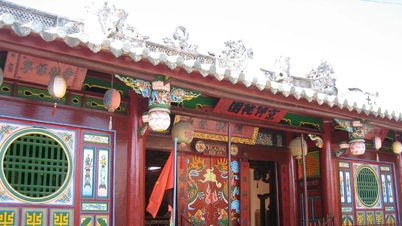




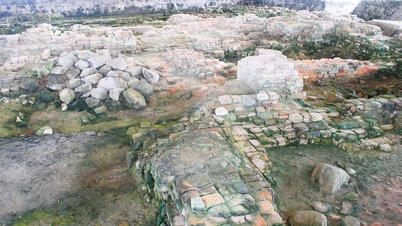

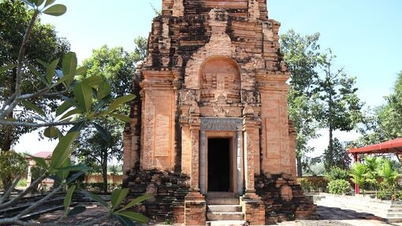












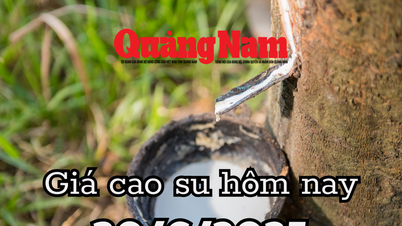


![[Photo] Parade to celebrate the 50th anniversary of Laos' National Day](/_next/image?url=https%3A%2F%2Fvphoto.vietnam.vn%2Fthumb%2F1200x675%2Fvietnam%2Fresource%2FIMAGE%2F2025%2F12%2F02%2F1764691918289_ndo_br_0-jpg.webp&w=3840&q=75)
![[Photo] Worshiping the Tuyet Son statue - a nearly 400-year-old treasure at Keo Pagoda](/_next/image?url=https%3A%2F%2Fvphoto.vietnam.vn%2Fthumb%2F1200x675%2Fvietnam%2Fresource%2FIMAGE%2F2025%2F12%2F02%2F1764679323086_ndo_br_tempimageomw0hi-4884-jpg.webp&w=3840&q=75)
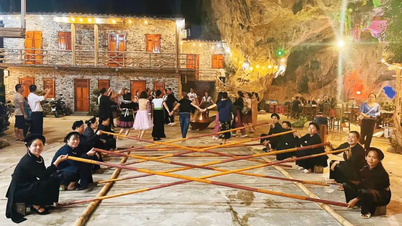


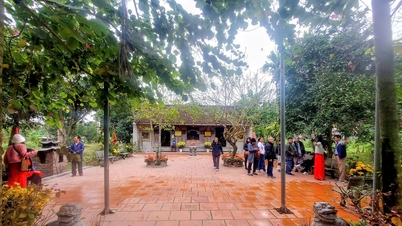















































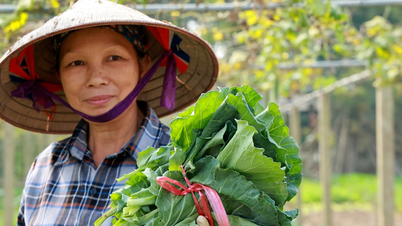




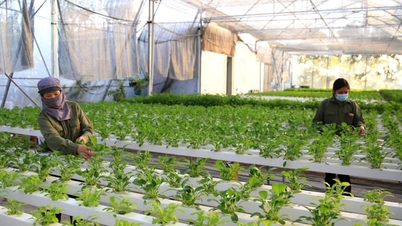














Comment (0)